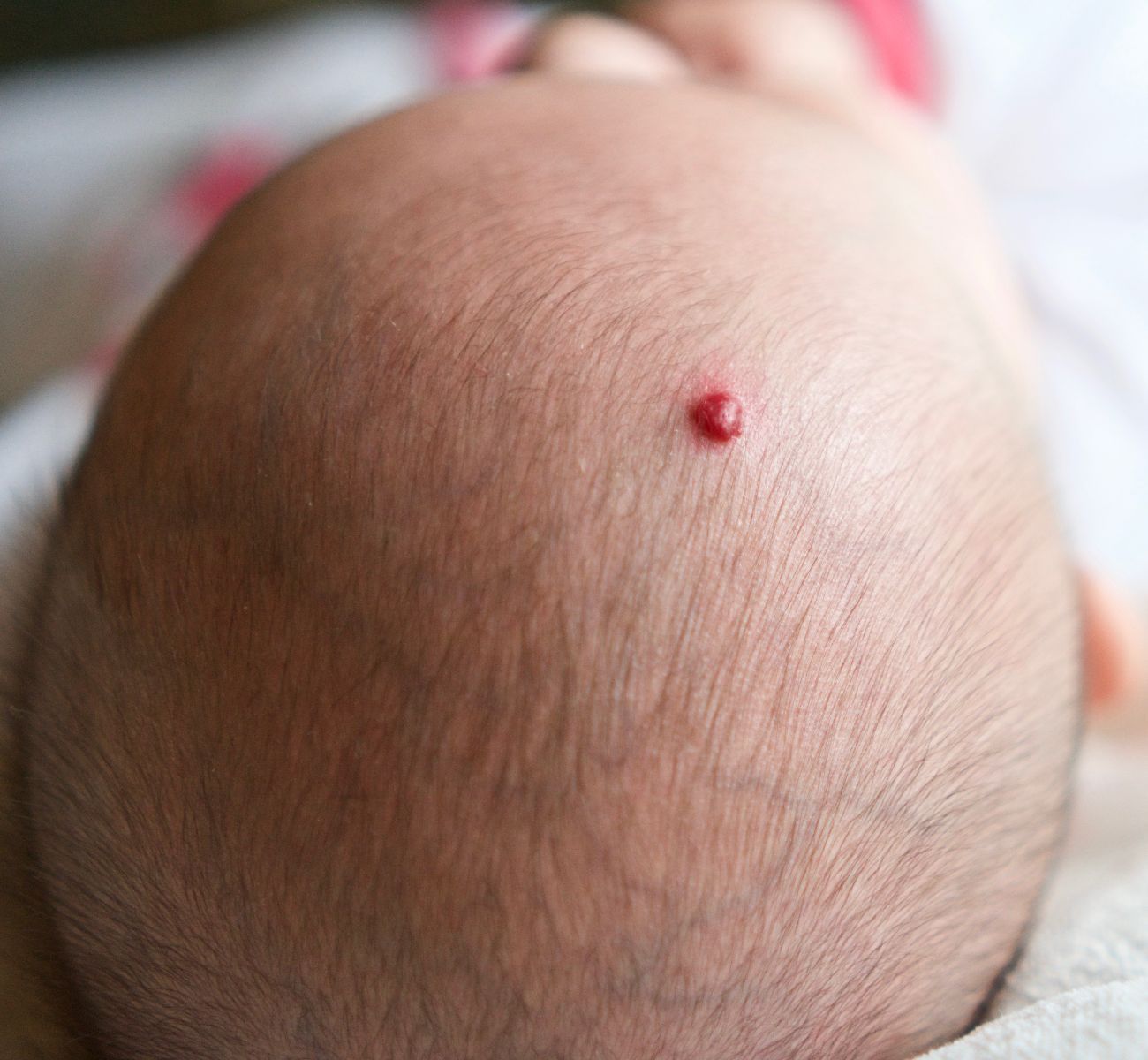
Introduction
When a newborn enters the world, they may bring with them a unique and mysterious mark called a strawberry birthmark. These crimson spots can be a source of curiosity and wonder for parents and caregivers. In this article, we will delve deep into the world of strawberry birthmarks, exploring their meaning, causes, and whether there is any cause for concern. So, let’s journey together as we uncover the secrets of these intriguing birthmarks.
What is a Strawberry Birthmark?
A strawberry birthmark, medically known as an infantile hemangioma, is a common type of birthmark that appears shortly after birth. These birthmarks get their name due to their bright red, raised, and often bumpy appearance, which resembles the texture of a strawberry. They can vary in size and location on a baby’s skin.
The Origins of Strawberry Birthmarks
- Development in the Womb: Strawberry birthmarks originate from an abnormal growth of blood vessels in the baby’s skin during fetal development.
- Timing of Appearance: Most strawberry birthmarks become noticeable within the first few weeks after birth, although they may appear later.
Understanding the Meaning
Symbolism and Cultural Beliefs
Strawberry birthmarks have intrigued cultures around the world for centuries. While there is no universal meaning attached to these birthmarks, some cultures have their own interpretations:
- In some Asian cultures, these birthmarks are considered a sign of good fortune and luck.
- In Western cultures, they are often seen as a unique and endearing feature of a child.
Medical Considerations
Is it Harmful?
Strawberry birthmarks are usually benign and harmless. However, in some cases, they may require medical attention, especially if they:
- Interfere with Vision or Breathing: If a birthmark grows near the eyes, mouth, or nose, it can potentially affect a baby’s ability to see or breathe.
- Ulcerate or Bleed: Rarely, strawberry birthmarks can develop complications such as ulceration or bleeding.
Treatment Options
- Observation: In many cases, no treatment is necessary, and the birthmark will gradually fade over time.
- Medical Intervention: If needed, doctors may recommend treatments like corticosteroid medications, laser therapy, or surgical removal.
Addressing Concerns
When to Consult a Doctor
While most strawberry birthmarks resolve on their own, parents should consult a doctor if they notice any concerning changes or symptoms:
- Rapid growth
- Pain or discomfort
- Signs of infection
- Bleeding or ulceration
Conclusion
In the world of newborns, strawberry birthmarks add a touch of uniqueness and intrigue. These bright red spots, although mysterious, are usually harmless and often fade with time. Understanding their meaning, causes, and when to seek medical advice can provide peace of mind to parents and caregivers.
Frequently Asked Questions (FAQs)
- Are strawberry birthmarks permanent?
- No, most strawberry birthmarks gradually fade over time, usually by the age of five to seven years.
- Can adults develop strawberry birthmarks?
- While it’s rare, adults can develop strawberry birthmarks, although they are more commonly seen in infants.
- Are strawberry birthmarks painful for babies?
- In most cases, strawberry birthmarks are not painful for babies. However, if they ulcerate or bleed, they may cause discomfort.
- Do strawberry birthmarks leave scars?
- Is it possible to prevent strawberry birthmarks?
- There are no known ways to prevent strawberry birthmarks as they are believed to be of genetic origin.
